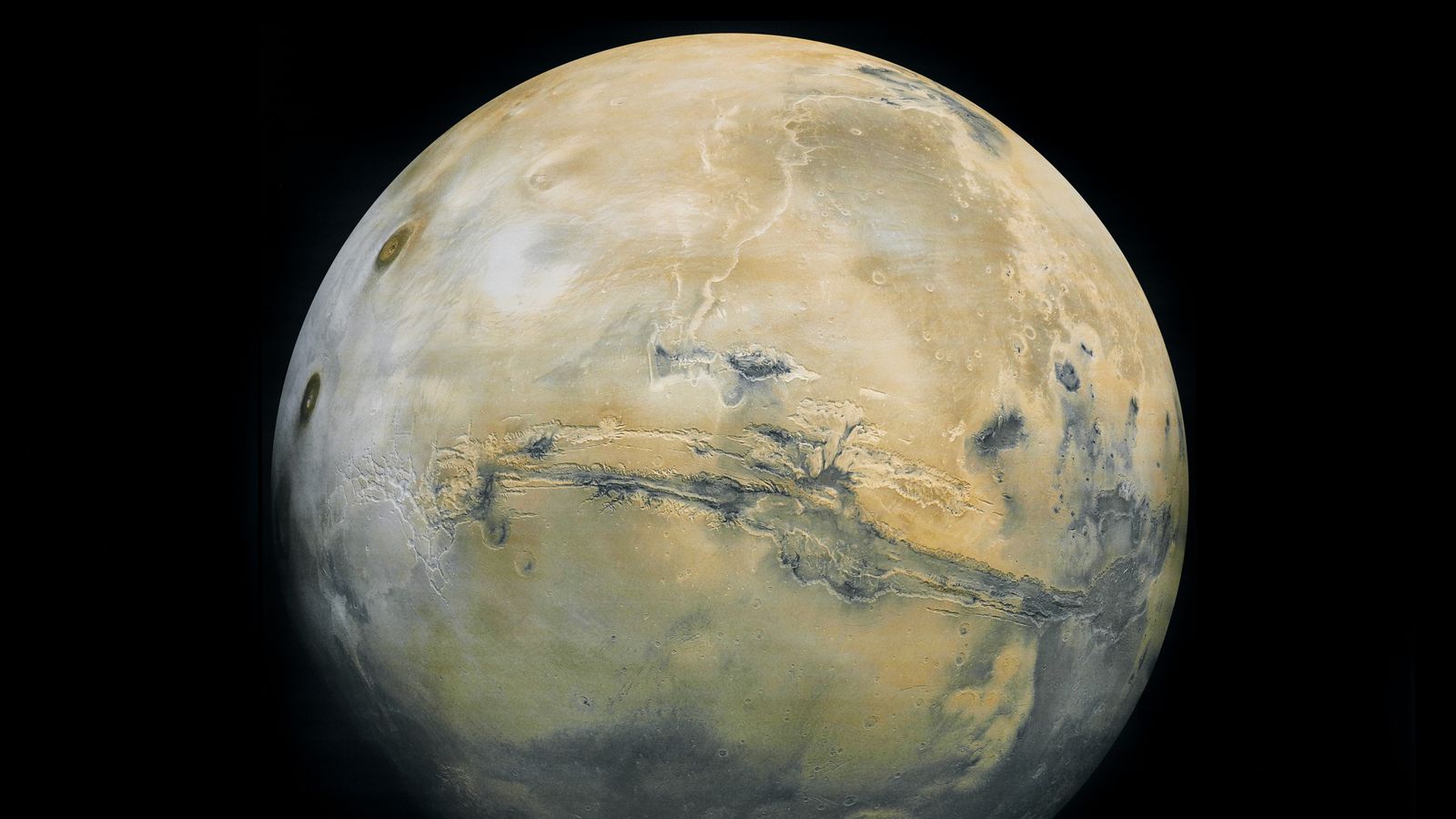Scientists have invented a type of lettuce that could help astronauts avoid bone loss during extended missions in space.
NASA is preparing for its astronauts to journey to Mars during the 2030s in a multi-year mission which could impact their health.
Among the health issues experienced by astronauts is a loss in bone density, on average about 1% of their bone mass for every month spent off-world.
Now the experts have created a new transgenic lettuce that produced a bone-stimulating hormone which could help protect astronauts against this loss.
The powerful plant could even help protect populations back on Earth in resource-limited placed against osteoporosis.
The researchers are presenting the results of their study at a meeting of the American Chemical Society on Tuesday.
“Right now, astronauts on the International Space Station have certain exercise regimens to try to maintain bone mass,” said Dr Kevin Yates, a graduate student who is presenting the work at the meeting.
“But they’re not typically on the International Space Station for more than 6 months.”
A mission to Mars however would be much longer. It would take a spaceship about 10 months to get there, the researchers would spend roughly a year on the planet studying it, and then have another 10 month trip home.
“The 3-year mission could leave astronauts vulnerable to osteopenia, and later, osteoporosis,” the researchers warn.
Existing medications to stimulate bone formation could help restore bone mass, but it requires daily injections and would be impractical to transport and store during a space mission.
According to the researchers the solution is for astronauts to carry tiny transgenic – thousands of which could fit in a vial the size of your thumb — and then grow them just like regular lettuce.
But the problem is that astronauts would need to eat about 380 grams, or about eight cups, of lettuce daily to get a sufficient dose of the hormone, assuming about 10% bioavailability.
The next steps are to try and increase the amount of the bone-growing hormone in the lettuce, and test how well it grows on the International Space Station – to check it still produces the same amount of the hormone as it does back on Earth.
The researchers say they haven’t tasted the lettuce yet because its safety hasn’t been established, but they anticipate it will taste very similar to normal lettuce.
They expect that by the time we send astronauts to Mars, plants will be regularly used to produce pharmaceuticals and other beneficial compounds.


